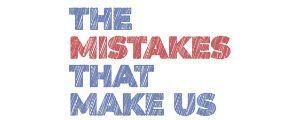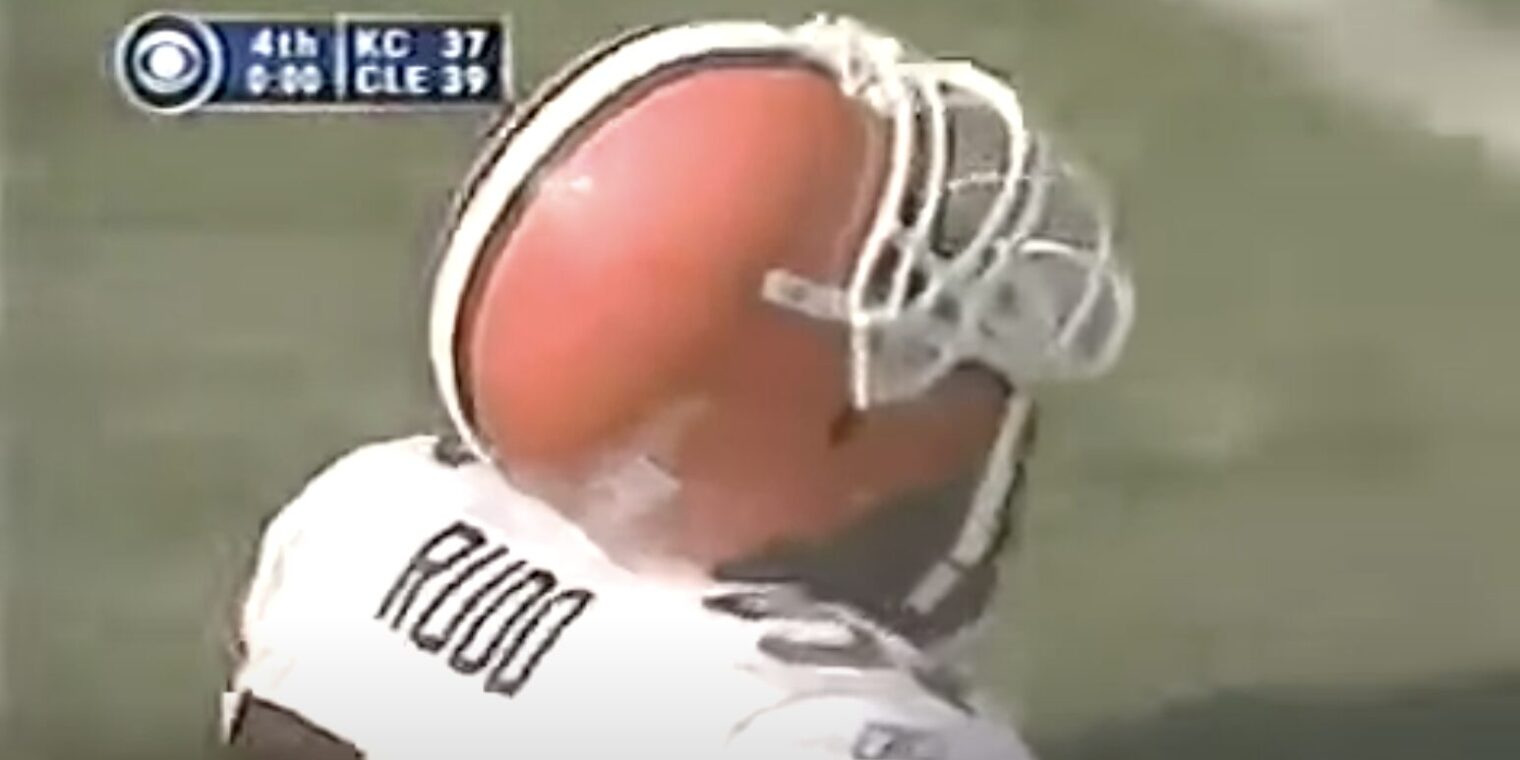Opening day of the 2002 NFL season gave us a remarkable—and painful—example of a very human mistake. Trigger warning if you’re a Cleveland Browns fan.
With seconds left on the clock, the Cleveland Browns were clinging to a two-point lead over the Kansas City Chiefs. As the final play unfolded, Browns linebacker Dwayne Rudd blitzed, reached the quarterback, and appeared to sack Trent Green as time expired. Rudd, convinced the game was over and the Browns had won, celebrated by taking off his helmet and throwing it high into the air.
That would’ve been fine… if the game were truly over.
But it wasn’t. Watch what happened:
Green had managed to lateral the ball to offensive lineman John Tait just before going down. Tait ran the ball all the way to the Browns’ 26-yard line before stepping out of bounds. Because the play was still live, Rudd’s helmet toss wasn’t a post-game celebration—it was a penalty for unsportsmanlike conduct during live play.
And that mistake changed the outcome. The penalty moved the ball half the distance to the goal, and since a game can’t end on a defensive penalty, the Chiefs were granted an untimed down. Morten Andersen kicked a 30-yard field goal to win the game, 40–39.
A Costly Assumption
Rudd didn’t make a malicious or reckless mistake—he made a very human one: he thought the play (and game) was over. In that context, removing and tossing his helmet would’ve been inconsequential. But the assumption was wrong, and the consequences were significant.
In The Mistakes That Make Us, I emphasize that most mistakes aren’t rooted in incompetence—they come from flawed assumptions, limited visibility, or misunderstood signals. Rudd’s actions weren’t from a lack of skill or preparation. They came from acting on a belief that was incorrect, in the heat of the moment.
What Can We Learn?
From a systems-thinking perspective, there’s value in asking: What could have helped prevent that mistake? Not to punish Rudd, but to learn.
- Could sideline communication have signaled the play was still live?
- Could team protocols encourage players to confirm the whistle before celebrating?
- Could the coaches have created a culture where slowing down and confirming status was encouraged—even under pressure?
It’s tempting to view Rudd’s mistake as a personal failure. But in complex, fast-paced environments—whether on the football field, in a hospital, or a manufacturing floor—mistakes often come down to systems and signals, not just individuals.
How Did Others React?
It makes me wonder what really happened in the locker room afterward. Did the coaches yell at Rudd? Did his teammates express frustration—or offer support?
We know how fans reacted: with outrage. That’s not suprising. But what about those closest to him?
Head coach Butch Davis was upset right after the game, calling it a “dumb, bad play” and the penalty “stupid.” But by the following day, he had shifted into a more thoughtful tone:
“First of all, he’s not going to be cut,” Davis said. “Guys make mistakes, and he made one.”
It’s easy to imagine a different outcome if Rudd were an unheralded rookie or a backup. Would the team have responded with the same grace? That’s a question worth considering—especially for leaders thinking about how they respond to mistakes based on someone’s track record or perceived status.
With more time to reflect, Davis offered this:
“My message to Dwayne was that he has to maintain his composure. There is absolutely no bigger way that you could taunt an opponent than to win the game and have them look at the scoreboard and go home with a victory. I can’t think of anything more heartbreaking than to have won the ballgame and give it back to them.”
There’s a leadership lesson here: the value of reflection before reaction. Davis didn’t excuse the mistake, but he didn’t punish the person either. That’s the kind of response that builds—not erodes—psychological safety.
Rudd’s teammates also seemed understanding. Rookie running back William Green said:
“Sometimes you get caught up in the emotions of the game. He made a great play and I really don’t see what he did wrong. You don’t call a penalty like that in that situation… I thought it was over. I don’t think he did anything wrong.”
Some fans and analysts felt the penalty call itself was unnecessary. Yes, Rudd technically violated the rule by removing and throwing his helmet during a live play—but the intent clearly wasn’t to taunt. And yet, that judgment call by the referee changed the outcome of the game.
In Lean terms, it’s a reminder that how people respond to mistakes matters as much—if not more—than the mistake itself. Responding with curiosity and composure gives us a chance to learn, while harsh reactions tend to shut down future reflection and improvement.
Don’t Assume It’s Over
This story is a vivid reminder of one of the book’s recurring themes: Never assume you’re done until you’re sure. Whether it’s a process, a play, or a project—declaring victory too early can cost you. So many improvement efforts stumble when we think the problem is fixed, when it’s only paused.
And generally speaking, making assumptions can be costly!
Final Thoughts
Dwayne Rudd most certainly wishes he could have that moment back. But so do many of us, in our own workplaces. We’re human—we all make mistakes. What matters most is how we respond: recognizing the mistake, learning from it, and improving the system so the same error doesn’t happen again.
I hope NFL teams still use this clip as a teachable moment, even here in 2025. Learn from Rudd’s mistake instead of repeating it.
Now, think about your own workplace:
- Do people feel safe admitting when they’ve jumped to a conclusion too soon?
- Do leaders create space for reflection before reaction?
- Are mistakes viewed as learning opportunities—or reasons for punishment?
We can’t go back in time to change the moment. But we can build systems—and cultures—that reduce the chance of repeating it.
So here’s the question: What’s one “helmet toss” mistake your team could learn from right now? And how will you respond differently next time?



